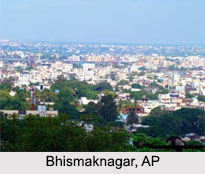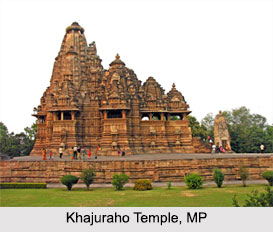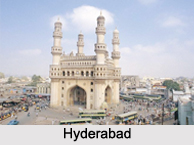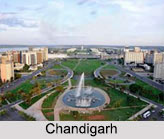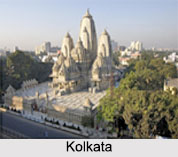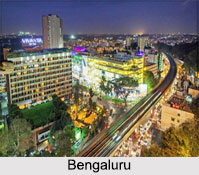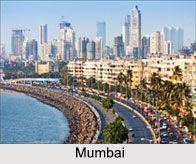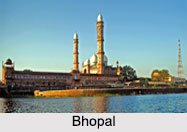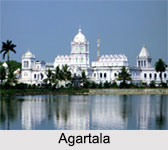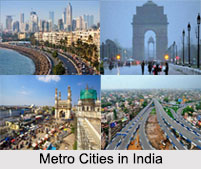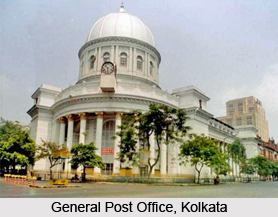 General Post Office is postal services headquarter, located in the Capital of West Bengal- Kolkata.
General Post Office is postal services headquarter, located in the Capital of West Bengal- Kolkata.
Location of General Post Office
General Post Office was established by the British Empire in India after the non functioning of British East India Company in India, located in the busy area of Dalhousie area of Kolkata, West Bengal.
Geography of General Post Office
General Post Office is situated in the BBD Bagh area, the imposing structure of the GPO is one of the landmarks in the city. General Post Office was established on the remnants of the old Fort William of Kolkata. The brass line here is now also visible in General Post Office staircases.
Establishment of General Post Office
General Post Office was actually located at the site of the first Fort William. An alley beside the post office was the site of the guardhouse that housed the infamous 1756 Black Hole of Calcutta (1756).
Architecture of General Post Office
General Post Office was designed in 1864 by Walter B. Grenville (1819-1874), who acted as consulting architect to the Government of India from 1863 to 1868. It was built in Gothic style of Old British architecture after the erection of St Andrew"s Church and St. John"s Church in Kolkata, which are located adjacent to General Post Office.
General Post Office is notable for its imposing white coloured high domed roof rising over 220 feet and tall Ionic-Corinthian pillars. At the top of General Post Office, there is an old clock, which towers the whole Dalhousie Square of Kolkata.
Functioning of General Post Office
General Post Office is the central post office of the city of Kolkata. General Post Office is the chief post office of West Bengal. Once, General Post Office was the chief postal building of India and the eastern circle.
Duties of General Post Office
General Post Office handles most of the inbound and outbound mail and parcels from Kolkata and West Bengal.
Postal Museum in General Post Office
A Postal Museum was established by the Government of India that was built in 1884 displaying a collection of artefacts and stamps of India, Central Asia and South Asian countries. The Philatelic Bureau is located on the south western end of the building of General Post Office.
Related Articles
Capital Cities of India
Kolkata
History of Kolkata
Shyampukur, Kolkata, West Bengal
History of Kolkata
Sabarna Roy Choudhury
Kolkata, Indian City, West Bengal
Culture of Kolkata
Birla Planetarium, Kolkata
Economy of Kolkata
West Bengal, Indian State
British Monuments in Kolkata
Monuments in Kolkata, West Bengal Monuments
British Monuments in India
Monuments of West Bengal
Architectural Developments of Calcutta during British Rule
Early British Architectural Design in India
British Military Architecture in India
Art and Architecture during British Rule in India
History of Indian Telecommunications
Impact of British Rule in India
Fort William, Kolkata
Forts of West Bengal
Siraj-Ud-Daulah, Nawab of Bengal
Battle of Plassey
